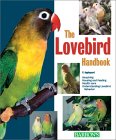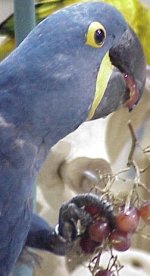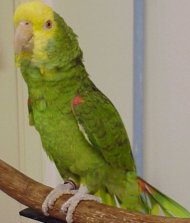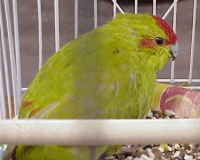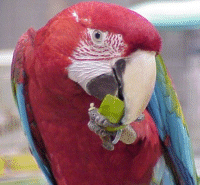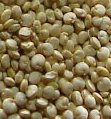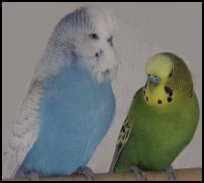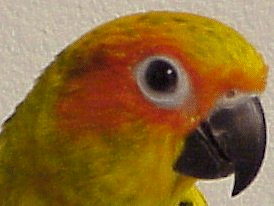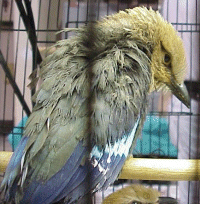Or Is a Balanced, Varied Diet the Answer?
Many people question the quality of pelleted diets for bird. They wonder if these foods truly constitute the healthiest nutritional plan for their parrots, finches, and other pet birds. While some veterinarians have completely gone over to an all-pelleted diet, many people instinctively feel this can’t be the answer for their pets. Sometimes in answer to a client’s concerns about an all-pelleted diet, the vet will say, “Birds do not eat only seeds in the wild.” This might be true, but I know for sure that birds do not eat any pellets in the wild, so this is hardly a sound argument in favor of a totally pelleted diet. Continue reading »

